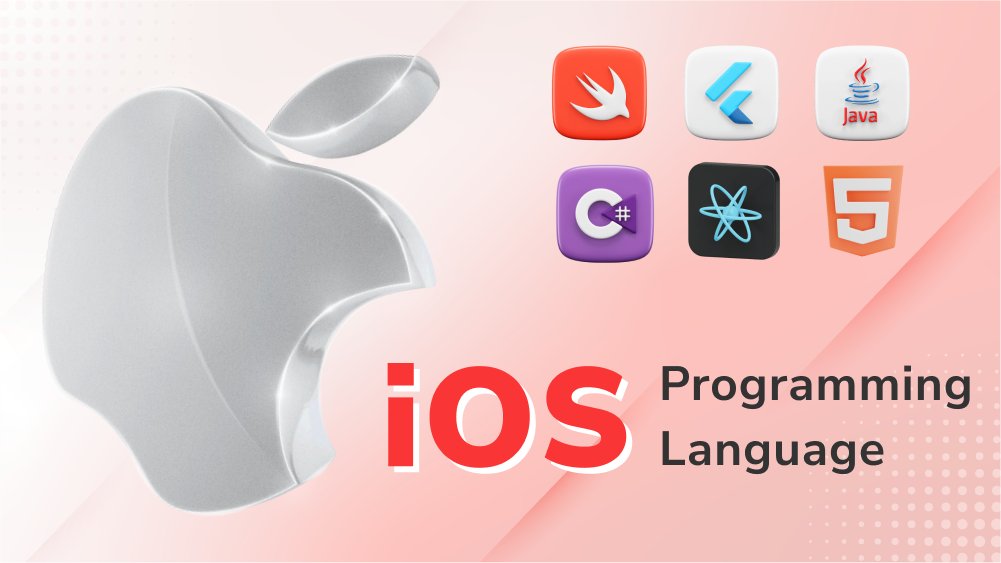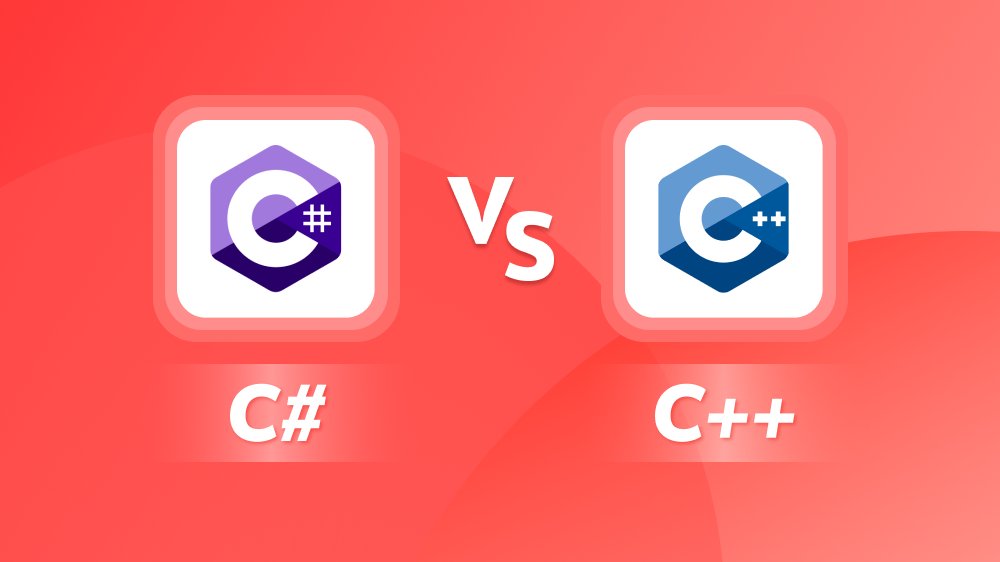
The Benefits and Risks of Open-Source Frameworks
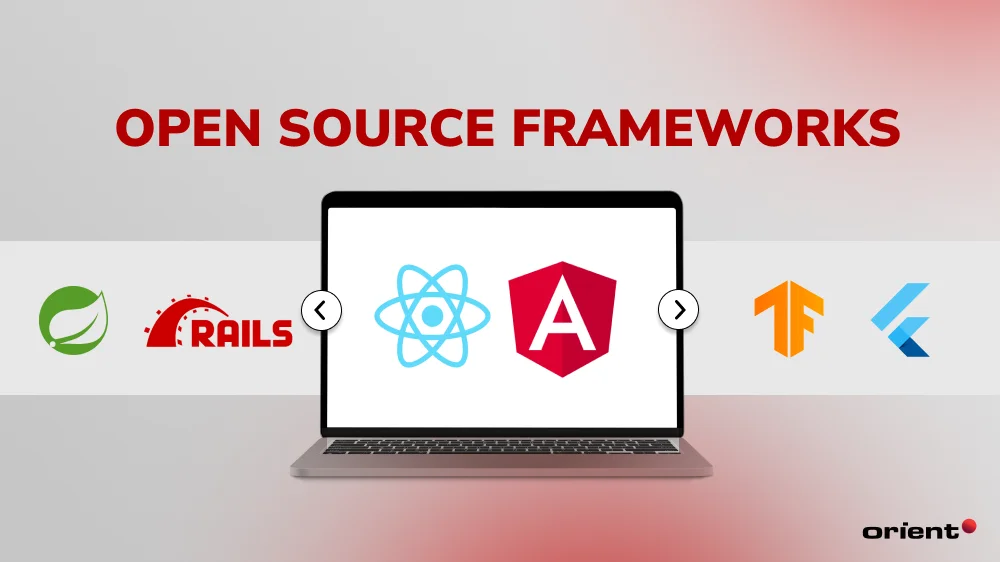
Content Map
More chaptersThe use of open-source software development has increased over the last decades, offering free reusable code to enhance the speed of the projects and reduce costs. These frameworks can be downloaded, used, changed, and redistributed by anyone, and this makes them so popular among developers and organizations. A survey conducted by Red Hat shows that 90% of IT leaders employ enterprise open sources in their organizations. This is why the use of open-source frameworks has a big influence on today’s development process.
Nevertheless, although open-source frameworks can provide many advantages, they also have inherent problems. It is very important to realize that there are benefits and ways to avoid the disadvantages of using both of them. In this article, we take a look at the best open-source frameworks, starting from the core points of discussion and all the way to finding out what you ought to know.
Top Open-Source Frameworks for Boosting Productivity
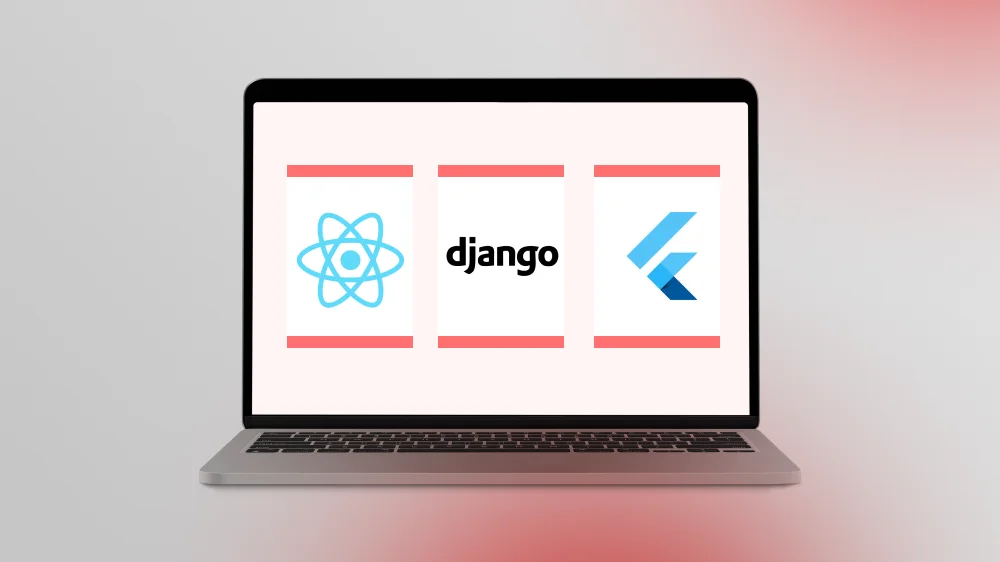
Open-source frameworks are pre-built software development tools that are freely available to the public. They provide a foundation upon which developers can build applications, saving time and effort by offering reusable code, libraries, and tools.
These frameworks are typically developed and maintained by communities of developers, who contribute to their ongoing improvement and expansion. This collaborative approach ensures that open-source frameworks are often well-supported, well-documented, and adaptable to various project needs.
Among the plethora of available frameworks, three stand out for their ability to enhance productivity:
React
React is a popular open-source JavaScript library that is used to create interfaces, mainly for single-page applications and web apps. It also helps the developers to prepare more ergonomic and dynamic web pages in a short time. Modern web development is built around the framework because of the high efficiency and flexibility provided by React.
One of the biggest strengths of the React library is the component-based approach. This procedure enables developers to construct localized gadgets that autonomously manipulate their state, thus developing a hierarchy of intricate GUIs. But most importantly, this modularity is not only for convenience in terms of code organization but for more reuse, which could be a large gain in productivity. Further, time and effort are conserved with React and its reusable components, which can be reused both within an application and in different projects.
There is a great community backing for React, which means developers get access to a lot of resources, tutorials, and third-party libraries that can come in handy in the development process. In addition, React, a JavaScript library for building user interfaces, helps to extend these productivity gains across mobile application developments with React Native, helping to build native mobile applications in a single codebase.
Django
Django is a high-level Python web framework designed for the fast development of secure and maintainable websites. It was intended to assist developers to go through all the phases from coming up with the idea all the way to implementing the idea in the shortest time possible. Django is especially efficient in the development of web applications that require a powerful backend.
One of the greatest advantages of Django is its set of tools that lets developers manage the application data without writing any code for this purpose—the built-in Django administration interface. This feature is handy in making web development projects that demand a strong backend system. Like Ruby on Rails, Django also adheres to the “batteries-included” concept, where many features are included in the framework, such as authentication, URL routing, and templating languages. Here, it must be mentioned that the framework offers better productivity because of the comprehensive documentation, and there is considerable community support where developers can find answers to questions and learn about best practices.
Also, the integration of Django with TensorFlow and PyTorch to work with machine learning models is another reason to consider Django for the development of modern applications. It also allows developers to easily incorporate power and sophisticated machine learning functions into applications.
Flutter
Flutter is a UI open-source software development kit founded by Google. It is applied to build applications for both iOS and Android using a single source code, enabling developers to create native apps. Flutter’s ability to create highly performant, visually appealing applications has led to widespread adoption for mobile application development.
Hot Reload is an innovative offering by Flutter that brings several changes in the code at once without the need to restart the application. This, in turn, has a great impact on speeding up the app development process and improving its efficiency. Flutter also has a vast number of predefined widgets that can be modified to fulfill the goal of visually good and responsive UIs. A single codebase means, for instance, a programmer can write down one code and compile it on several platforms, something that facilitates cross-platform mobile apps.
In addition, it competes directly with other purely proprietary software and services, including backend support provided by Flutter through Firebase. The option for iOS and Android development from one code ensures that the developers are able to work under one code instead of developing two different platforms of the same application.
Benefits of Open-Source Frameworks
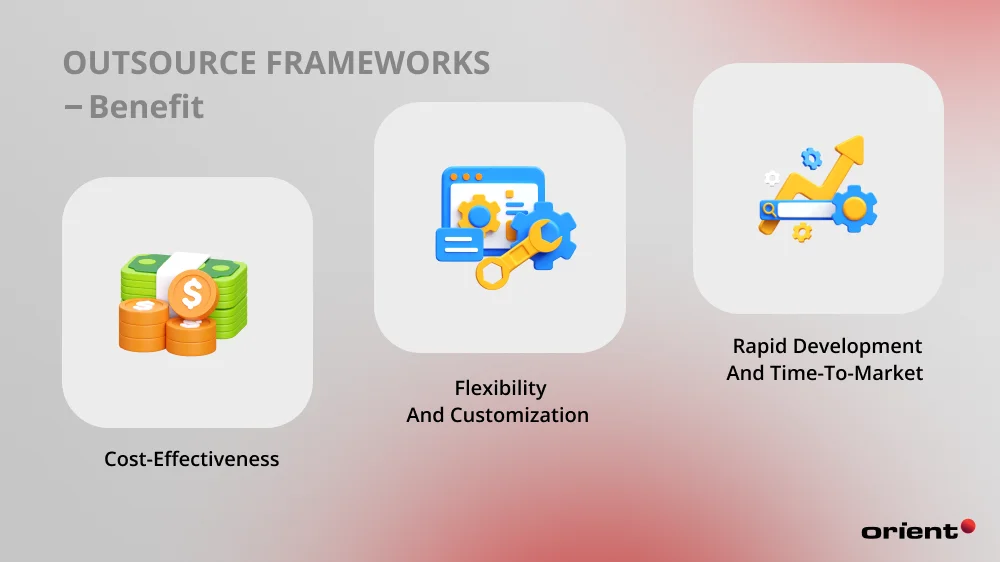
Cost-Effectiveness
Open-source frameworks are helpful because they are free, while they are able to provide equally efficient tools as their commercial counterparts that come with expensive licenses, making them very valuable for startups with a small budget.
In addition, this is not the only advantage associated with the exclusion of licensing fees but also various other related gains. One important advantage of utilizing open-source frameworks is that the frameworks are updated by the active users of the community, which means that bugs and vulnerabilities are discovered and addressed more routinely. It minimizes the importance of organizations developing large support teams or creating a specialized internal support system for problems.
Although bug fixes and enhancements are localized to a certain extent by the community, we need to emphasize that companies get the opportunity to use the knowledge provided by developers all around the world, which leads to more effective and, at the same time, cheaper solutions and higher-level software quality.
Flexibility and Customization
One of the unique characteristics of open-source frameworks is the high freedom of choice and degree of tuning, which make it possible to apply them in various projects. They also have access to the source code in order to expand and adapt the framework according to the requirements. This adaptability is most helpful when it comes to projects that need one-off features or when the service needs to be interfaced with other systems and applications.
For instance, developers can combine open-source frameworks with web technologies, mobile software, and sophisticated systems such as natural language processing systems. Such an extent of differentiation guarantees that the ultimate product is a perfect fit for the project, thereby improving its efficiency and efficacy. Moreover, the flexibility of the framework enables developers to tinker with the framework and create something new or at least try. This could be seen as enhancing the creativity and innovation of the developers.
Rapid Development and Time-to-Market
Open-source frameworks significantly expedite the software development process, allowing organizations to bring products to market more quickly. By providing pre-built components and libraries, these frameworks reduce the amount of code developers need to write from scratch. This not only accelerates development time but also minimizes the potential for errors, as developers can rely on well-tested components rather than creating their own solutions.
Additionally, open-source frameworks often come with established best practices and design patterns. Developers can leverage existing code and proven methodologies, further enhancing the development process. This access to a wealth of shared knowledge means teams can avoid common pitfalls, streamline workflows, and focus on implementing unique features that differentiate their applications in the marketplace.
Risks and Challenges of Open-Source Frameworks
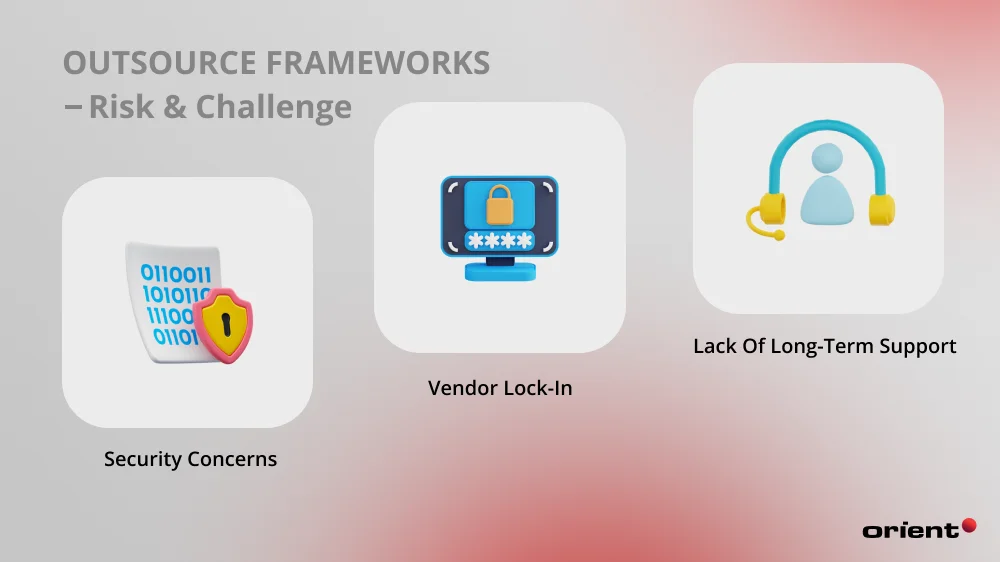
While open-source frameworks offer numerous benefits, they also come with inherent risks and challenges that organizations must carefully consider.
Security Concerns
Since the source code is open source, the hackers can sit and work out available loopholes that they can exploit. They are characterized by several kinds of openness, including insecure coding, open security flaws, and unpatched ones. As for the security point of view, it is important for organizations to understand that although most open-source projects are created with high-security standards, the quality of codes can still vary.
To minimize these security issues, it is required that updates and security patches be very frequent. Most open-source communities work hard to launch patches that eliminate the identified threats; however, such changes need to be applied by organizations as soon as possible. Which, if not addressed, can cause systems to be left exposed open for exploitation.
Vendor Lock-In
Of course, opulence for flexibility and expandability is an inherent characteristic of open-source technologies, but developers may overburden one framework excessively. This reliance may arise in a situation where an organization has highly customized a framework to suit his/her requirements and thus could face a big challenge when it comes to migrating to another solution.
Another disadvantage of being bound by a specific framework is the fact that if the community behind that framework starts to stagnate or, even worse, stop developing, then that becomes a problem. If a framework gets obsolete, organizations cannot be updated, secured, patched up, or expelled for new threats and challenges that arise in the future. In order to overcome vendor lock-in, there should always be a way of avoiding going overboard when it comes to vendor lock-in, flexibility being the key to it when the vendor is being evaluated.
Lack of Long-Term Support
While typical commercial software products are often shipped with X-year guaranteed support, open-source products rely on contributions and support from interested parties. This can result in situations where a once vibrant project will see its contributions dwindle, thus giving less updated and insufficient support.
The use of frameworks that are not updated as and when is not only dangerous; it puts a lot of risks to the organization. Old frameworks cause security problems, incompatibilities, and keep users from using new or enhanced aspects. Hence, it is very important that due consideration be given to the soundness of an open-source project prior to adoption. Such evaluation may include the level of activity within the community, how often new updates are brought in, and how receptive the maintainers are to the users’ needs.
Partner with Orient Software for Expert Support
While there is nothing wrong with using such frameworks and builds, one has to master the various challenges associated with open-source frameworks and have a resourceful ally to turn to. Orient Software is one of the most reputed firms for outsourcing software development services, with a special focus on using differing frameworks to suit your needs.
The team at Orient Software is ready to provide you with the leverage open source frameworks might bring and the risks of getting involved at the same time. Whether the project is about web applications, native mobile apps, or cross-platform solutions, Orient Software offers you a full solution to guarantee the projects will be implemented accurately and on time.



